by Willie Thompson, Tarnel Abbott and Marilyn Langlois
“Cuba is neither the hell that our enemies like to pretend it is nor the paradise that our friends wish it to be, but a country which struggles just like many others.” This is the assessment of our Cuban tour guide during the last day of our 10-day, 10-person people to people visit to Cuba in December 2013, led by the mayor of Richmond, California, Gayle McLaughlin.

Regla
The primary impetus for our trip was to visit Regla, Cuba, Richmond’s sister city since 1999. Regla is a municipality within Havana Province and, like Richmond, has a port, a refinery and a very diverse population that takes pride in its culture and history.
The delegation was warmly welcomed by local officials at the Peoples’ Power Municipal Assembly of Regla. We gave medical supplies we had brought from the U.S. to Regla’s public health director, which was much appreciated because of shortages in some medicines due to the U.S. trade embargo. We learned that the refinery will be closed and relocated further away from a population center because of air pollution.
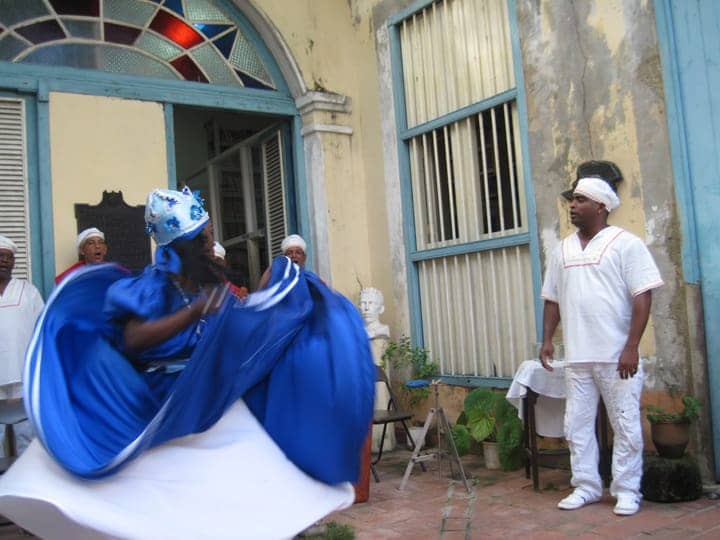
Ernesto’s niece, Janet, a rising star in Cuban and American music, gave an explanation of the altar and performed a song praising the Orishas. Janet’s album with a U.S. musician featuring praise songs for the Orishas will soon be released.
Children at the Juan Blandino Elementary School in Regla put on a delightful program for us with speeches, dance performances and classroom visits. We visited the historic Catholic Church dedicated to the Black Virgin of Regla.
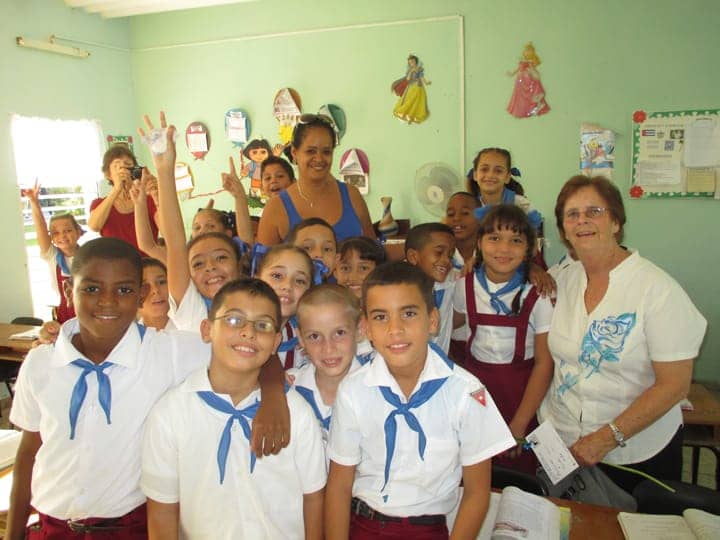
Havana
In Havana, the delegation stayed at the state-owned Plaza Hotel, an aging beauty right on the Parque Central in old Havana – la Habana Vieja – a UNESCO World Heritage site. The neighboring pedestrian-only streets bustle with activity.
Cubans put much effort into historic preservation, and it is paying off with a beautiful ambience that lifts the spirits of local residents and also brings tourist dollars into the economy to help fund social programs.
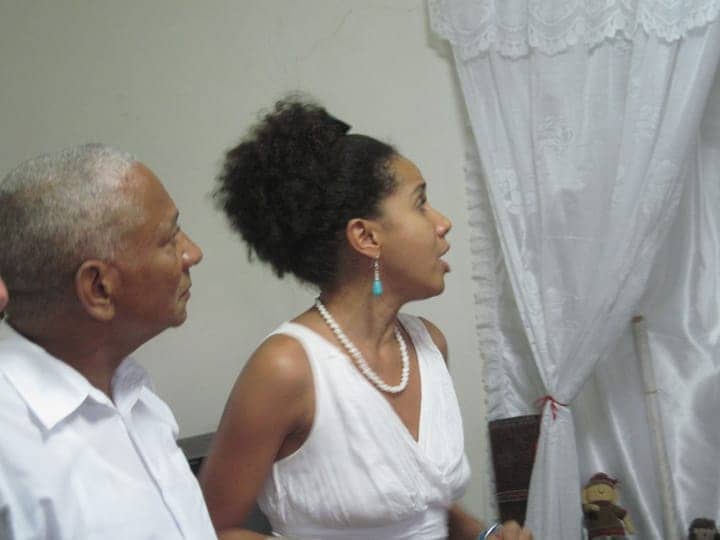
The capital city includes sprawling boulevards, plazas and promenades. While traffic overall is relatively sparse, due to the high price of cars and gas, we saw many new cars and the recent addition of streetlights and digital crossing lights for pedestrians. Currently about one in 10 Cubans owns a car. Bicycle taxis and shared 1950s classic American car taxis are everywhere.
In the provinces
Trinidad remains a visual treat with its cobblestoned streets, colonial architecture, art studios and horse drawn taxis. In Caibarien we visited an old sugar mill, now The Museum of Sugar, and were treated to guarapo (sugar cane juice squeezed with a hand machine) and a ride on a converted “sugar train” pulled by a steam locomotive to the neighboring town of Remedios.
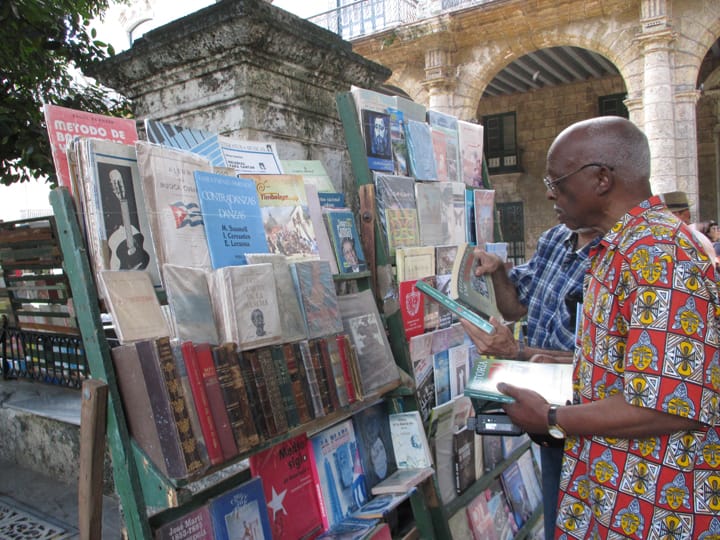
In Cienfuegos, we were invited to a lively outdoor block party with food, music and dancing held by one of the many CDRs (Committees for the Defense of the Revolution), neighborhood watch and mutual aid groups that proliferate throughout the Cuba.
In Santa Clara we visited the restored site of “The Train Wreck” – el Tren Blindado. During the Revolution, in December 1958, a heavily armored train with massive armaments and soldiers intended for dictator Batista was derailed and seized by rebel forces under Che Guevara’s command without any bloodshed. The Battle of Santa Clara was a decisive one, causing Batista to flee and ushering in the revolutionary era on Jan. 1, 1959.
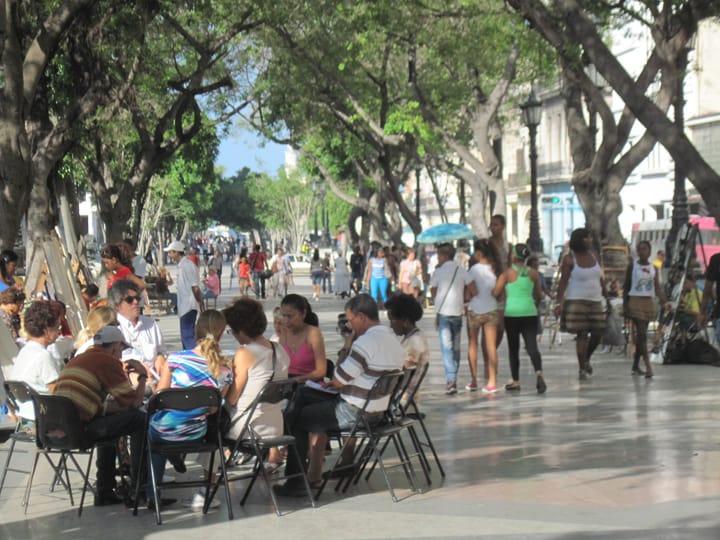
The Cuban Five
Under Mayor McLaughlin’s leadership, the Richmond City Council adopted a resolution in 2009 in support of the Cuban Five. We were honored to meet in Havana with some of their family members and one of these five political prisoners, Rene Gonzalez, who was recently released.
The Cuban Five were arrested in Miami in 1998 while trying to put an end to the Miami Cuban mafia’s destructive and deadly attacks against Cuba. They had infiltrated Miami based terrorist groups in order to collect evidence to bring perpetrators to justice and prevent future attacks.
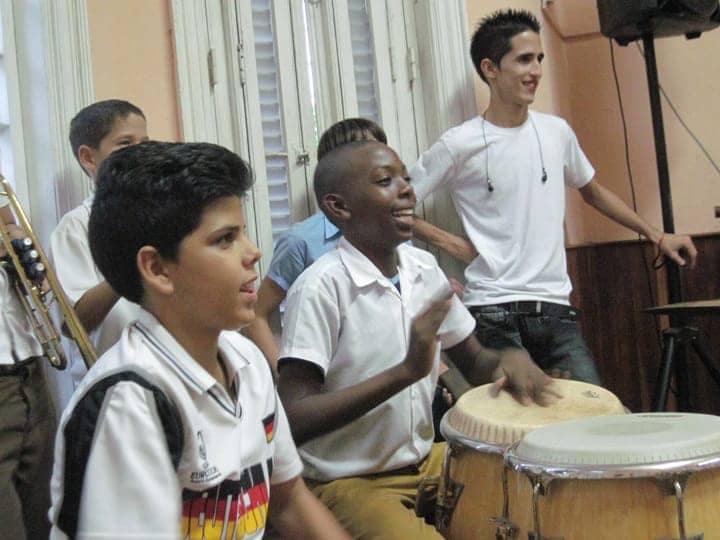
The national parliaments of many countries, as well as numerous renowned personalities, artists, lawyers and organizations from all over the world have called for the freedom of the Five (www.thecuban5.org). Everywhere we went in Cuba, we saw signs, banners and bumper stickers calling for their release and return to their homeland. Every group we visited, both adults and children expressed their fervent desire to welcome the remaining four of the five heroes back to Cuba.
The new economic model
In spite of more than 50 years of a U.S. imposed trade embargo – which includes penalties for third party countries which do business with Cuba – the Cuban economy seems to be holding its own. The embargo has adverse effects not only on Cuba but also the U.S., as certain beneficial medicines developed in Cuba, such as Heba-pro-p, a drug for preventing amputations, and another drug for treating hepatitis B cannot be imported into the U.S.
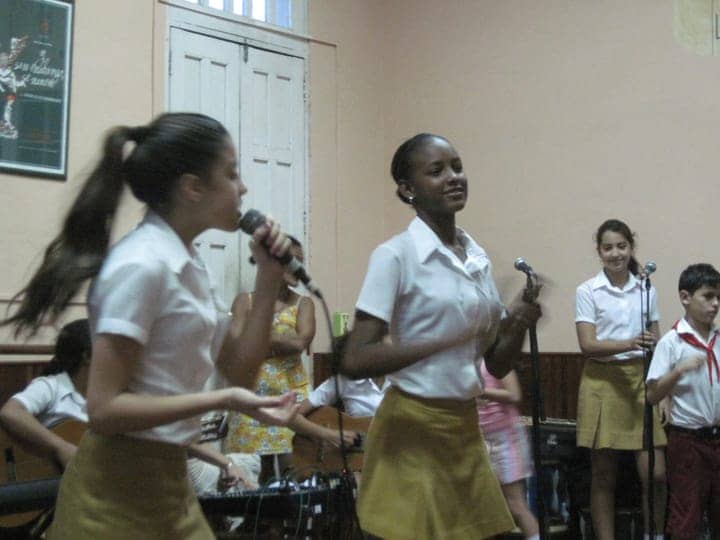
The austerity of the “Special Period During Peace Time,” the years following the collapse of the Soviet Union in 1990 that meant the loss of Cuba’s trade partners and subsequent economic crash, has given way to a new prosperity, and some inequity. People who work in tourism and get tips in convertible currency – used by foreigners and equivalent to one U.S. dollar minus 13 percent tax – often earn more than government workers, professionals and retirees who are paid in the national currency pesos and struggle to make ends meet. Convertible currency is currently worth 24 times the national currency, and there are plans to bring it to 10 to 1 next year, according to an economist who spoke to our delegation in Santa Clara. In 1993, prior to legalizing possession of foreign currency, the going rate for one U.S. dollar in the underground economy was 150 national currency pesos.
Private businesses with revenue in tourist money are taxed. Education and medical care remain free, and housing and food is heavily subsidized, reflecting the ongoing commitment to the social values of the revolution.
Democracy – Cuban style
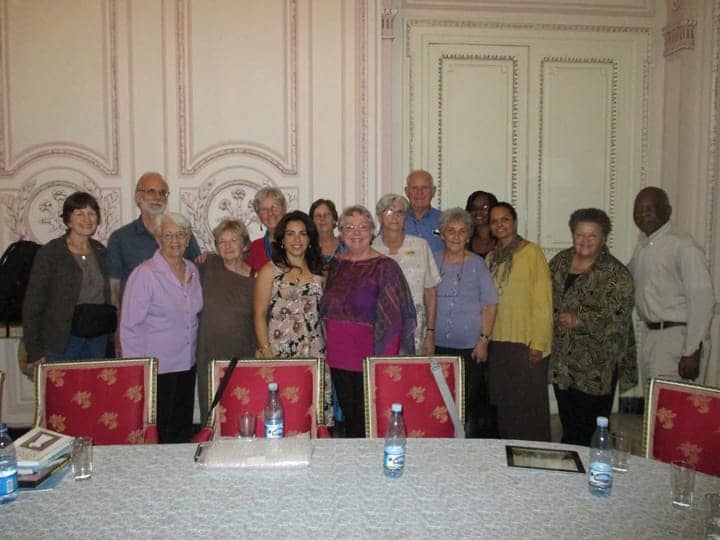
Cuban elections are non-partisan at all levels. The Communist Party articulates the national vision of social justice but does not participate in electoral politics or government administration. Not all candidates are members of the Cuban Communist Party. Candidates are selected through a bottom-up participatory process with broad input from local community groups and mass organizations representing workers, students, farmers, women etc.
There is no money in Cuban politics, as high cost advertising-style campaigns are prohibited. Voters get to know candidates and their qualifications through community forums, caucuses, word of mouth and widely posted biographical information. Voters can and do get rid of elected representatives who are not doing a good job.
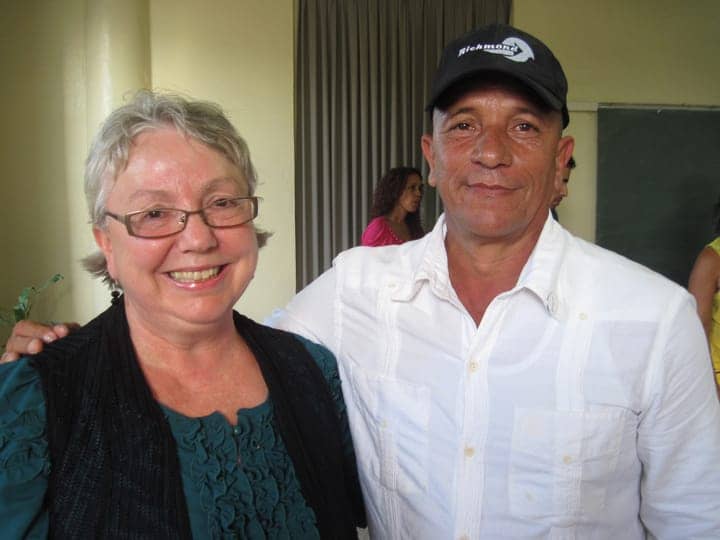
Conclusion
We came to appreciate what Cuba has been trying to do for the last 55 years, namely protect and defend the right of everyone in the country to contribute their skills, time and energy via meaningful work, have their basic needs for education, health, housing and food met, participate in their rich cultural life, and give input on decisions that affect their lives.
We enjoyed seeing people out in public spaces on a Saturday – laughing, talking, making music, dancing, teaching children how to paint, doing sports and genuinely enjoying each other’s company. Going to Cuba gave us hope for the future of humanity, because we could see that there exists a place where there is a real attempt to create a more equitable society and foster a spirit of cooperation.
About the delegates
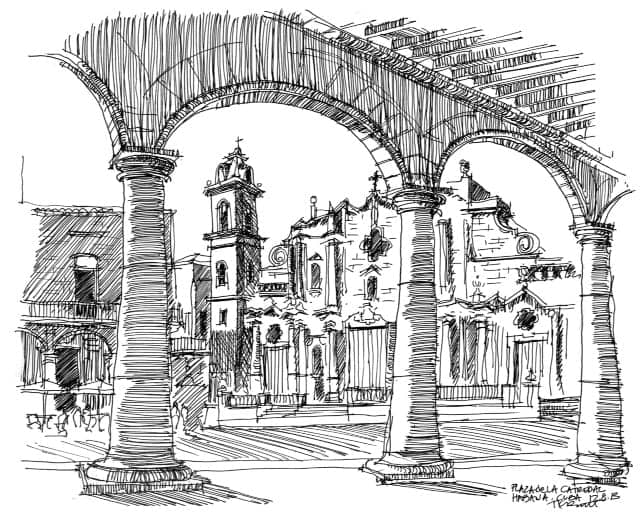
Other members included Paul Kilkenny, the Mayor’s husband and a community activist; Tom Butt, Richmond city councilman and architect; his wife Shirley Butt, a city planner; Shukuru Sanders, nurse and mid-wife who intervened in an emergency with a doctor on the American Air Lines flight and prevented an emergency landing of the plane; Trina Jackson, assistant to the Richmond City Council; Nicole Valentino, assistant to the mayor; Marilyn Langlois, Haiti Action Committee activist and community organizer in Richmond; Tarnel Abbott, retired librarian, veteran of the pioneer Venceremos Brigade in 1969, and a great granddaughter of Jack London; and Willie Thompson, an activist in Afro-Latino community development and professor emeritus of sociology, City College of San Francisco, California. Abbott, Sanders, Mayor McLaughlin, Jackson, Langlois and Thompson are part of the Richmond Regla Friendship Committee.
Professor Willie Thompson can be reached at ukwe75@hotmail.com.




